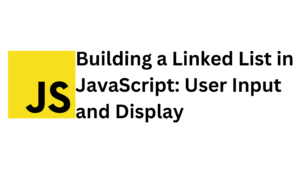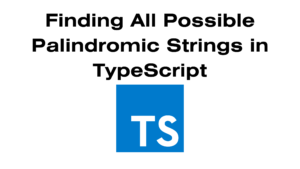Introduction
In web design, shadows can significantly enhance the visual appeal of your elements. Two popular CSS properties, text-shadow and box-shadow, allow you to create shadow effects that serve different purposes. In this blog, we’ll explore the differences between these two properties, their syntax, and how to use them effectively in your projects.
What is Text-Shadow?
Text-shadow applies a shadow effect to text elements only. This effect can add depth, create a glowing appearance, or give a 3D-like effect to your text.
Syntax
cssCopy codetext-shadow: h-offset v-offset blur-radius color;
- h-offset: Horizontal offset of the shadow (positive values move it right, negative values move it left).
- v-offset: Vertical offset of the shadow (positive values move it down, negative values move it up).
- blur-radius (optional): Controls how blurred the shadow is.
- color: The color of the shadow.
Example
cssCopy code.textShadow {
text-shadow: 4px 4px 2px blue;
}
What is Box-Shadow?
Box-shadow adds a shadow effect around the entire element, such as a div, button, or image. This property is commonly used to create depth and separation between elements.
Syntax
cssCopy codebox-shadow: h-offset v-offset blur-radius spread-radius color;
- h-offset: Horizontal offset of the shadow (positive moves it right, negative moves it left).
- v-offset: Vertical offset of the shadow (positive moves it down, negative moves it up).
- blur-radius (optional): Controls how blurred the shadow is.
- spread-radius (optional): Controls the size of the shadow. Positive values expand the shadow, while negative values shrink it.
- color: The color of the shadow.
Example
cssCopy code.boxShadow {
box-shadow: 4px 4px 3px red;
}
Key Differences
| Feature | Text-Shadow | Box-Shadow |
|---|---|---|
| Element Type | Affects only text | Affects any HTML element (div, button) |
| Spread Effect | Does not support spread-radius | Supports spread-radius |
| Usage | Creates glowing or 3D-like text | Gives elements depth or a raised appearance |
Usage Scenarios
- Text Shadow: Ideal for creating text effects like glowing text or subtle highlights. Use it when you want to emphasize the text itself.
- Box Shadow: Best for adding depth to buttons, cards, or other container elements. Use it to create a layered effect in your design.
Example Code
Here’s an example of how to implement both shadow effects in your HTML and CSS:
htmlCopy code<!DOCTYPE html>
<html lang="en">
<head>
<meta charset="UTF-8">
<meta name="viewport" content="width=device-width, initial-scale=1.0">
<title>Text and Box Shadow Example</title>
<link rel="stylesheet" href="./style.css">
</head>
<body>
<div class="container">
<h1 class="boxShadow">Follow Me</h1>
<h1 class="textShadow">Follow Me</h1>
</div>
</body>
</html>
CSS
cssCopy code.container {
font-family: Poppins, sans-serif;
color: blueviolet;
display: flex;
justify-content: space-between;
}
.boxShadow {
box-shadow: 4px 4px 3px red;
}
.textShadow {
text-shadow: 4px 4px 2px blue;
}

